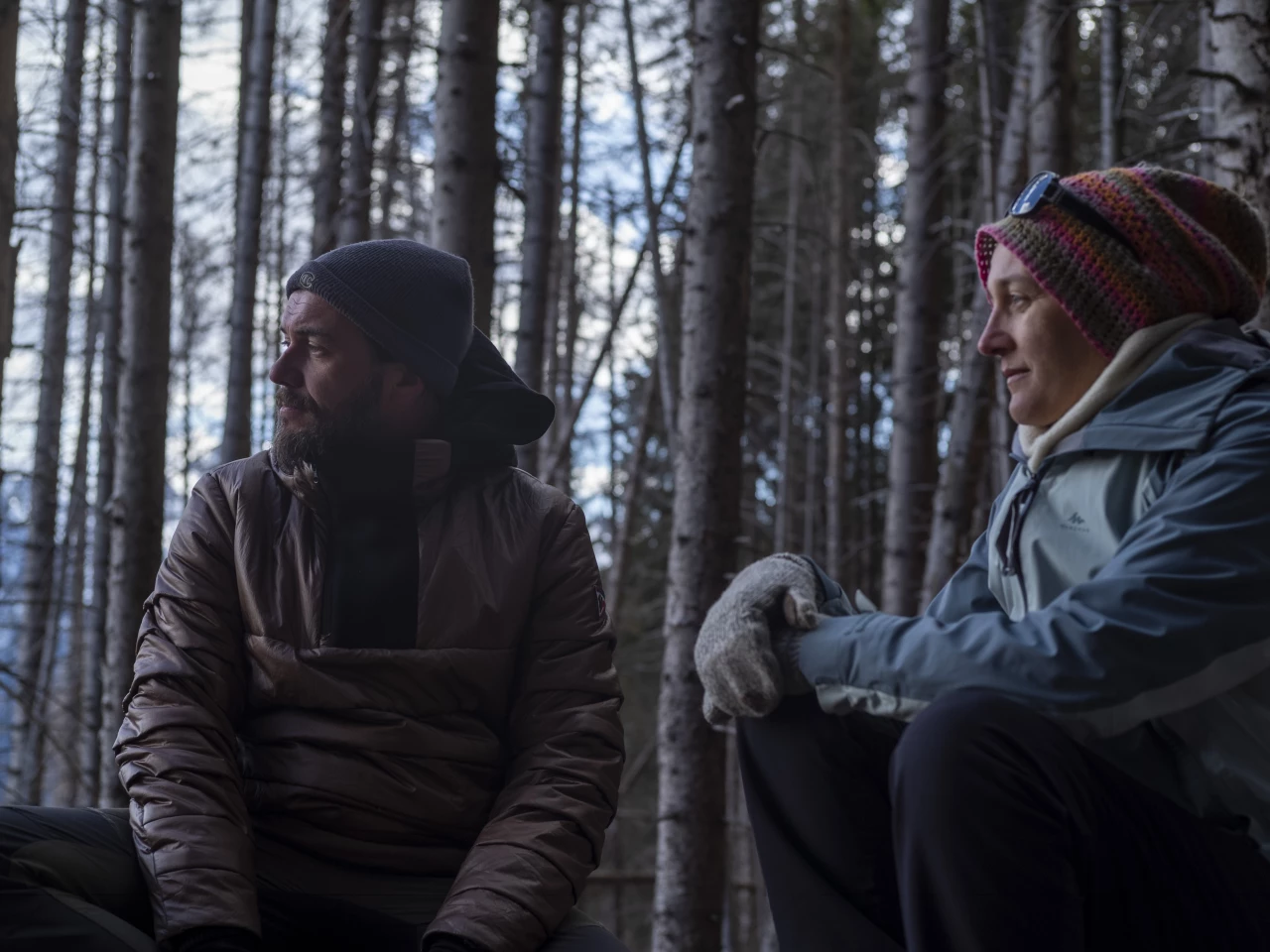Remarkable research has unlocked new understanding of the mysterious ways trees communicate and share knowledge with each other – and much like in many animal species, the wisdom of age plays a vital role.
An international team of scientists from Australia's Southern Cross University (SCU) and the Italian Institute of Technology (IIT) have for the first time recorded the specific ways birch trees in the Costa Bocche forest in the Dolomites use bioelectrical signals to prepare for solar eclipses. And older trees send out these messages first, suggesting learned knowledge of environmental events.
“This study illustrates the anticipatory and synchronized responses we observed are key to understanding how forests communicate and adapt, revealing a new layer of complexity in plant behaviour,” said Professor Monica Gagliano from SCU. “Basically, we are watching the famous ‘wood wide web’ in action!”
Plant, and especially tree, communication has been an elusive field of study, because of how little is perceptible by traditional methods of observation. However, all living organisms have an electrome system – the electrical communication pathways akin to what the genome is for DNA and genetic expression.
And because all organisms are driven by survival – from viruses to apex predators – this electrome system appears to be the way this forest-wide network of birch trees (Picea abies) inform their neighbors to prepare for an environmental disruption. What's more, it's not reactive but proactive, with signal activity happening hours in advance of an eclipse.
The team measured these bioelectrical pulses with a network of low-power sensors set to simultaneously record these invisible signals. They found that activity not only changed several hours before the solar eclipse, but the trees all began to sync up as "word" got around. And the message was sent out first by the older trees they'd attached sensors to.
“By applying advanced analytical methods – including complexity measures and quantum field theory –we have uncovered a deeper, previously unrecognized dynamic synchronization not based on matter exchanges among trees,” said Professor Alessandro Chiolerio of the IIT. “We now see the forest not as a mere collection of individuals, but as an orchestra of phase correlated plants.”

Without getting too deep in the weeds (pun intended) of quantum field theory, you can think of it like a dance troupe individually warming up before coming together to perform synchronized choreography, essentially moving as a sort of collective organism. In the trees, quantum biology happens on a microscopic scale. And it serves a very specific purpose.
Spruce trees, which are evergreen conifers related to but not the same as flora like the Douglas fir or pines, are long-living, hardy plants that are well known to exist in some pretty harsh environments. As such, they have some really remarkable adaptations for seed dispersal and even water retention in their whorled needles. But what's happening inside is just as critical for survival.
A solar eclipse is a spanner in the works of their biological programming, briefly turning day into night – and trees are, in general, very dependent on normal day-night cycles to maintain normal function like transporting nutrients, regulating water and reproduction. Upsetting the internal clock, even briefly, can cost energy in several ways, including triggering a stress response. This can have a huge impact on tree health, even diverting energy away from normal defense chemical production – which spruce species utilize to keep pathogens and predators at bay.
Essentially, this syncing up of bioelectrical activity, is tree talk for "batten down the hatches," pausing things in order to minimize disruption. It's most likely an adaptive response to significant environmental changes – and, fascinatingly, one that seems to be shared by the elders in the forest to protect young growth that may have not experienced such an event before.
While this research is groundbreaking on its own, it also has wider implications in us better understanding how ecosystems adapt to climate changes and the critical role older individuals play in nature.
“The fact that older trees respond first – potentially guiding the collective response of the forest – speaks volumes about their role as memory banks of past environmental events," said Gagliano. “This discovery underscores the critical importance of protecting older forests, which serve as pillars of ecosystem resilience by preserving and transmitting invaluable ecological knowledge."
It also demonstrates collective, coordinated communication among trees – something that has traditionally been thought of as a behavior exclusive to the animal kingdom.
"These results reveal a relationship between trees, shaped by individual age and physiology as well as collective history," the researchers noted. "This highlights the significance of synchrony in plants, offering new insights into coordinated behaviors in nature."
This discovery will also be featured in a new documentary, Il Codice del Bosco (The Forest Code), due for release in May 2025. Check out the trailer below.
The study was published in the journal Royal Society Open Science.
Source: Southern Cross University via Scimex






